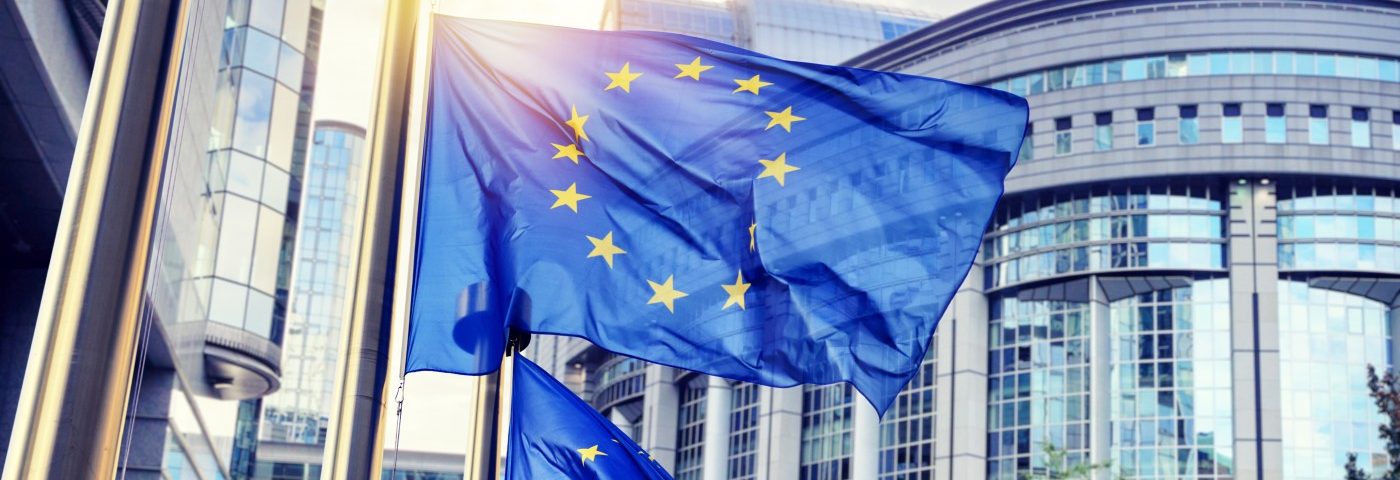The European Union has granted orphan drug status to the cannabinoid therapy Epidiolex to treat Lennox-Gestaut syndrome (LGS), a treatment-resistant, childhood-onset form of epilepsy.
Epidiolex, GW Pharmaceuticals‘ lead cannabinoid (CBD) product candidate, is a proprietary oral solution derived from the cannabis plant.
The European Medicines Agency’s orphan-drug designation came after two Phase 3 trials of Epidiolex’s effectiveness in LGS: the GWPCARE3 (NCT02224560) and GWPCARE4 (NCT02224690) studies.
“GW is committed to pursuing registration of Epidiolex in Europe in order to provide these patients access to an approved prescription CBD medicine,” Justin Gover, the company’s chief executive officer, said in a press release. “In addition to preparing to submit a New Drug Application with the U.S. Food and Drug Administration in the middle of 2017, we are also planning a submission to the EMA [European Medicines Agency] shortly afterwards.”
The U.S. Food and Drug Administration has already granted orphan drug status to Epidiolex for treating LGS, Dravet syndrome, tuberous sclerosis complex, and infantile spasms. All are severe treatment-resistant, childhood-onset forms of epilepsy.
Epidiolex’s European orphan drug status covers its use in treating Dravet syndrome, a lifelong form of epilepsy that begins in the first year of life and involves frequent or prolonged seizures.
Orphan drug designation is given to medicines that treat rare conditions. Europe defines a rare condition as one that affects only five in 10,000 people. In the United States, a rare disease is one that affects fewer than 200,000 people total, or one in 1,500.
Lennox-Gestaut syndrome (LGS) has three kinds of symptoms: multiple seizure types, moderate-to-severe cognitive impairment, and abnormal electroencephalogram — or brain signal — readings with slow spike-wave complexes. LGS is difficult to treat. It’s also dangerous, because it carries with it a high risk of falls and injuries.
LGS affects 1 to 4 percent of children with epilepsy, or between 14,500 and 18,500 in the United States. It tends to appear between the ages of 2 and 6.


